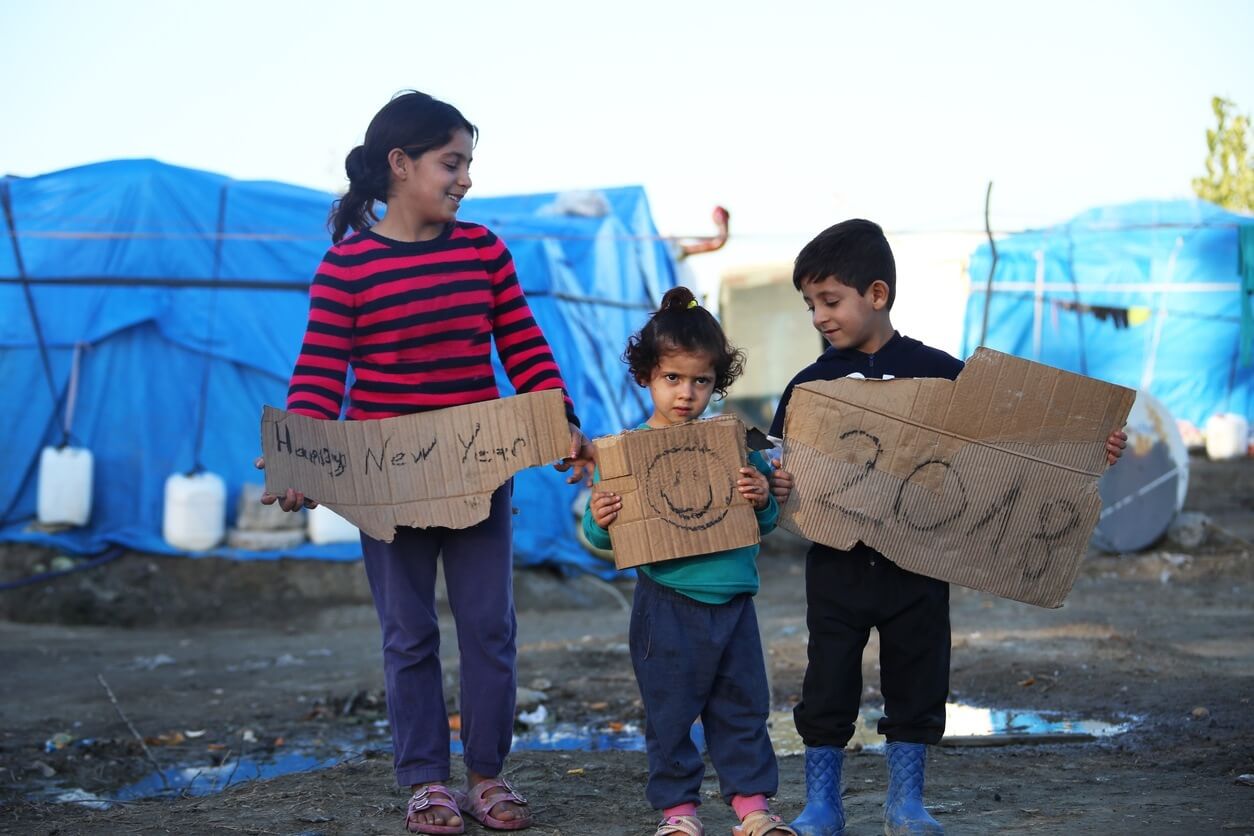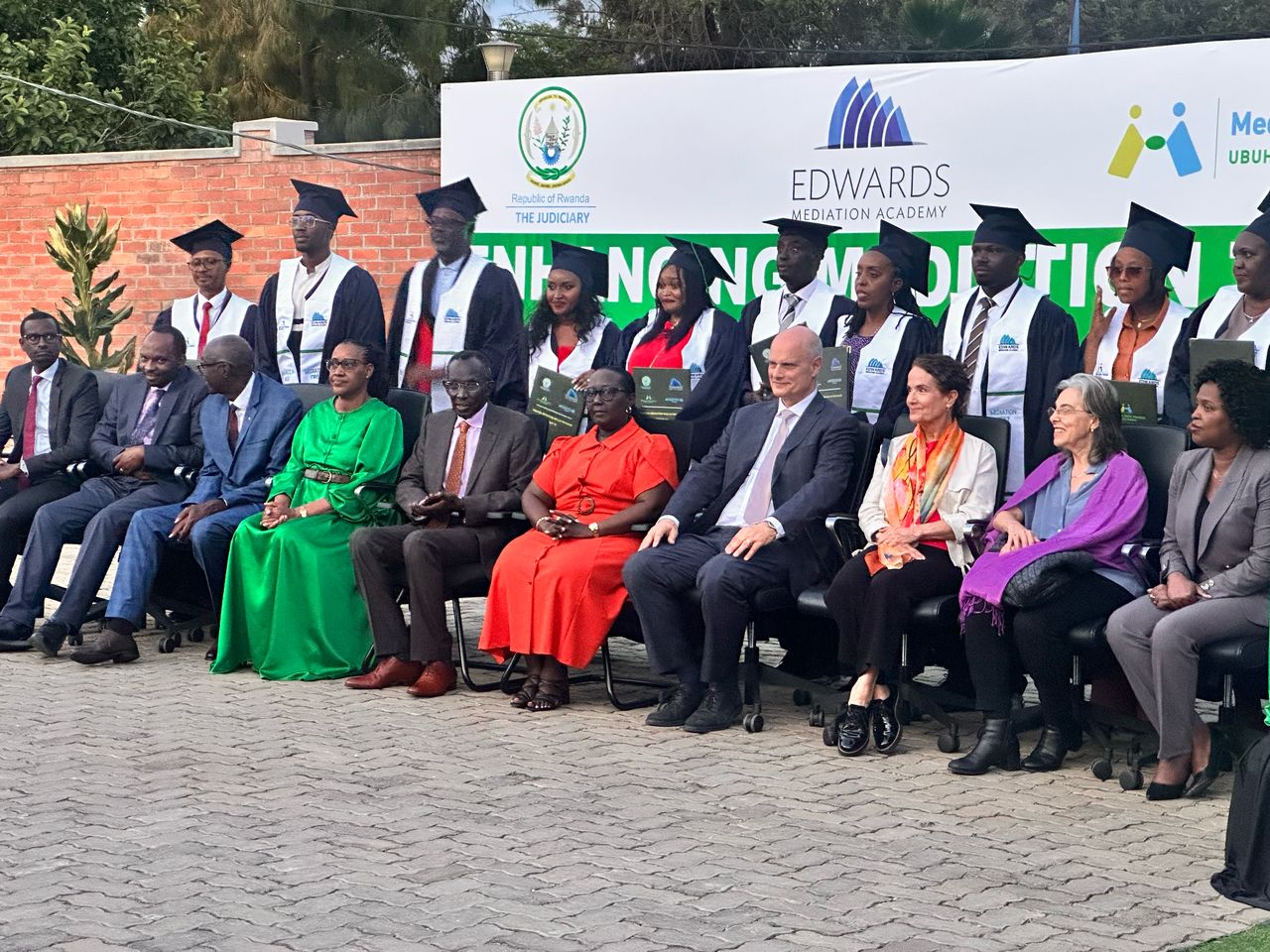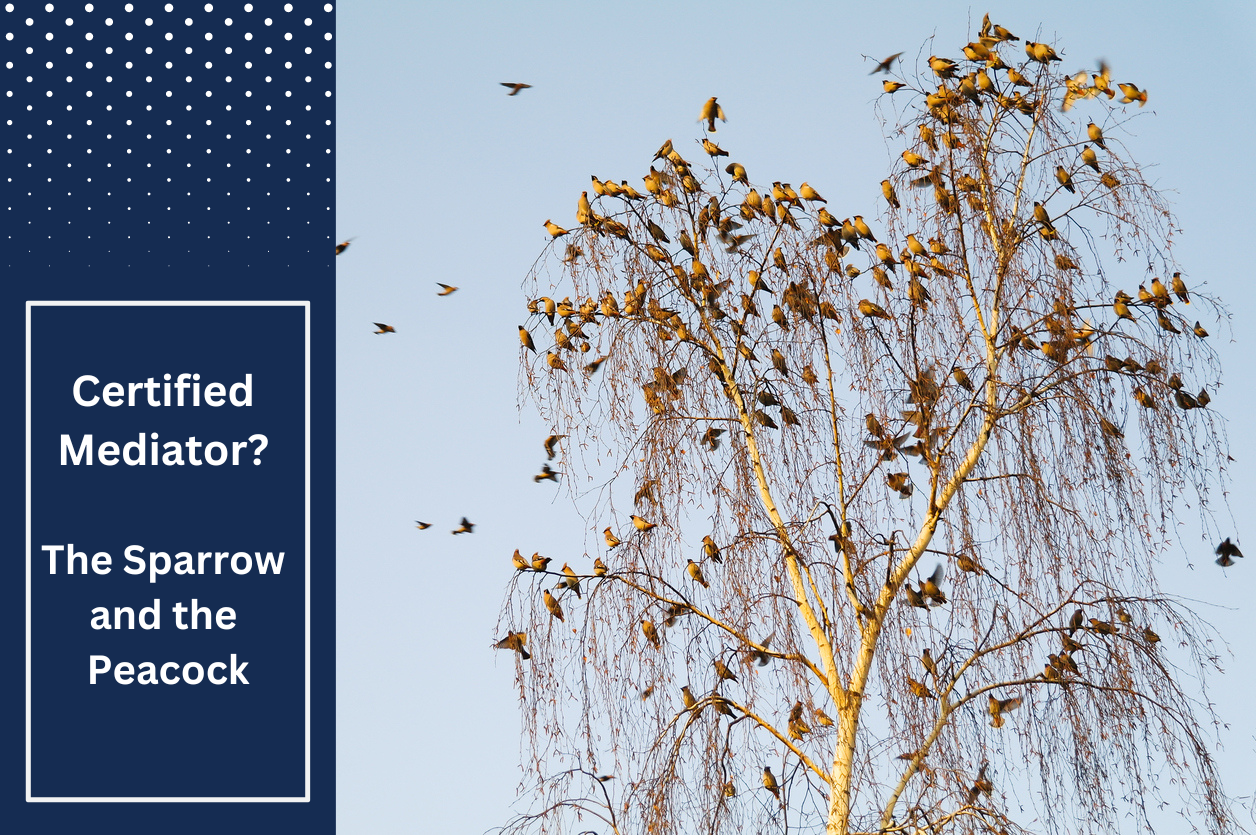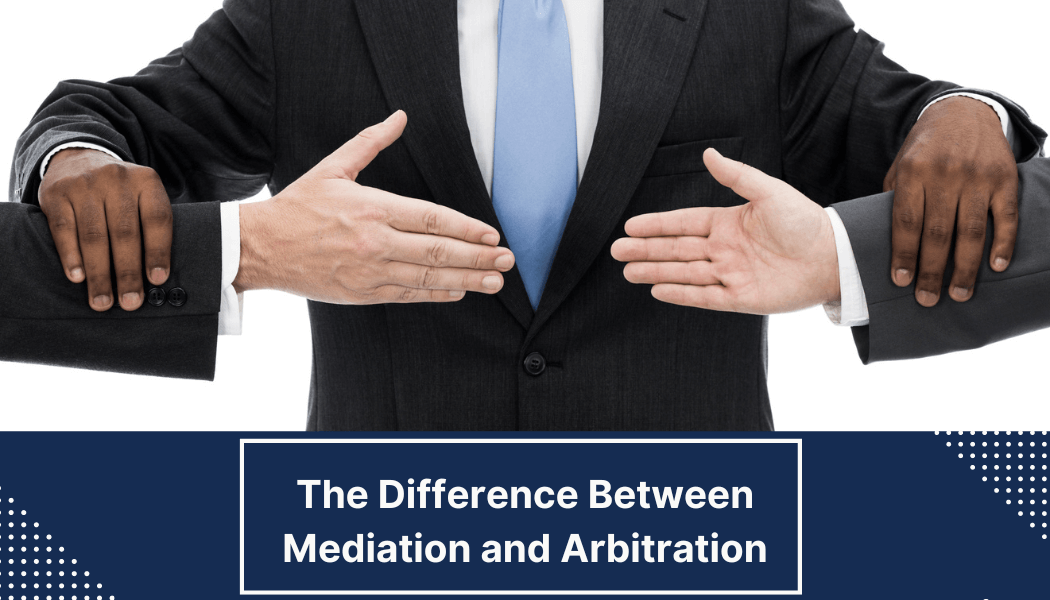“It took me and my team four days of road travel, mostly off road through deserts and rocks, to reach this border entry point to receive refugees who arrive here after walking, sometimes for weeks, eating tree leaves, roots and wild fruits on the way, to survive. Most of them arrive in desperate physical and psychological condition; hungry, malnourished, sick, injured, separated from families – some don’t even make it. The South Sudan conflict entered its fifth year this week and has resulted in Africa’s largest displacement, with over two million people displaced, the majority under eighteen years of age.”
– Ihsanullah Khan, Weinstein JAMS International Fellow and mediator from Pakistan, working for the United Nations High Commissioner for Refugees in South Sudan
Thus began a small gathering of international mediators in Rome, Italy this past December to explore a fundamental question: How can we as uniquely qualified and successful commercial mediators find ways to apply our mediation skills to address broader societal conflicts? The two day conference, the first of several similar regional conferences to be held around the world, was organized by Judge Daniel Weinstein, Founder of the Weinstein JAMS International Fellowship Program with David Carden, former United States Ambassador to the Association of South East Asian Nations (ASEAN). The conference included mediators from Israel, Egypt, Lebanon, Jordon, Greece and Turkey. The focus of this conference was to explore the issue of mass migration and what role mediators could play in assisting those affected populations. The conversation quickly expanded, however, to the broader question of how we might be able to assist with other types of conflict.
In short, can we make peace our business?
Mr. Khan continued his report by saying that he was able to establish a community mediation center in the South Sudan refugee camp by applying mediation techniques and practices he learned from commercial mediators in the United States. He trained 85 mediators to assist their fellow refugees in resolving issues peacefully. The results speak for themselves: “In less than six months’ time, the camp reported a 70% decrease in clashes between disputing factions, and hundreds of matters were resolved peacefully.”
For those of us who are interested in pursuing conflict resolution in a variety of settings, what can we learn from Mr. Khan’s experience? What can we, as commercial mediators, do to extend conflict resolution beyond our traditional focus of dispute, so that we can have a more meaningful impact on the world?
Following are some practical ideas drawn from the conference:
Brand Mediation, and claim its value
As a profession, we must do a better job of educating our leaders, and the public at large, about the value proposition that mediation affords. In the US, you might read an occasional story about a mediator who was called in to help resolve a high-profile labor dispute. Yet, hundreds of other examples exist every year, under the radar, where mediation was instrumental in bringing about successful conflict resolution, but no one hears about it. Only by elevating the potential of the mediation process, and our role as skilled facilitators, can we hope to make a meaningful impact on societal conflicts.
Appreciate the critical importance of our mediator’s mind
As commercial mediators, we understand the critical importance of our “mediator’s mind,” the mental model that we bring to the mediation table. As we set out to identify and intervene in broader societal conflicts, it’s even more important to convey the sense of optimism and bold thinking that comes from sometimes being the only person in the room to believe that success is possible. That means we can’t be deterred by reports of historical failures or negative statements that “It’s just not possible.” Who better to truly appreciate the difference one person can make than someone who has seen hundreds of examples of “impossible conflicts” successfully resolved?
Practice the five steps of successful intervention:
Define your focus/be realistic – There are a multitude of local, regional and international issues and conflicts in desperate need of thoughtful intervention and mediation. Issues such as allocation of natural resources, climate change, return of “stolen” national artifacts, gender inequality, financial inequities, religious disputes, and mass migration are all issues that impact millions of lives. And, they are potentially ripe for intervention. As a skilled mediator, you can make a significant difference by identifying a conflict that is “big enough” to be worthy of your efforts, but not so large as to present an insurmountable challenge.
Identify and cultivate key relationships
If you have been involved in developing commercial mediation markets, you have probably sought access to and developed relationships with key decision makers. Now, seek out those who are tasked with finding a solution to challenging societal conflicts, and offer to assist their efforts with mediation. It was just this type of relationship that led to Judge Weinstein’s appointment as a Special Envoy by then President Bill Clinton to assess economic redevelopment opportunities in war torn Bosnia.
- Understand the issues at hand
As commercial mediators, we appreciate that we don’t need to be subject matter experts in every dispute that we are called upon to assist. Yet, in seeking to intervene in broader societal conflicts, I believe it is imperative to possess a deeper knowledge of the issues in dispute. David Carden described this as “Understanding the forces beneath our feet that influence the conflict and its potential solution.” Your greater understanding of the issues will help establish credibility with the parties, while allowing for more meaningful participation in the discussions that follow. There are a variety of information partners available to assist the pre-mediation education process, ranging from governmental officials, universities, Internet articles, and individual experts, such as economists. Only by developing this deeper knowledge can we hope to be welcomed to the table and best serve the parties involved.
- Identify all potential stakeholders/avoid failure by exclusion
Any credible dispute resolution process begins by casting a wide net to identify all stakeholders who may have been impacted by a dispute. The gold standard in the United States for how to conduct this convening process is Convergence Center for Policy Resolution, a non-partisan organization dedicated to resolving issues of national importance across the political divide. Once an issue has been identified, such as health care, education reform, or improving relations with Pakistan, the organization seeks to identify every possible stakeholder whose participation will be essential to a meaningful discussion and credible outcome. In some instances, hundreds of interviews are conducted over many months, just to ensure that all appropriate stakeholders have been identified and invited to the table.
There are many mistakes that can lead one to trip out of the starting block on the track toward resolution. Perhaps the easiest one to avoid is not to overlook an essential stakeholder.
- Develop a roadmap to success
Strategic thinking and a specific action plan lie at the intersection of a good idea and its implementation. Once a “conflict target” or issue has been identified, the hard work begins. Developing a specific action plan to present to decision makers is essential for any credible offer of assistance. The plan must include details regarding who will serve as the individual or panel of mediation experts, what is the cost and time frame projected for the intervention, and who will participate in the process design. Demonstrating a detailed understanding of the process involved is an important first step in convincing others that you possess the mediation skillset essential for the task.
Looking toward the future
In 2014, I was invited to the annual meeting of the International Academy of Mediators conference to give the keynote address on the business of mediation. The assembled audience consisted of some of the most commercially successful and well-known mediators in the world. I concluded my remarks that day by suggesting that the innovation and thought leadership that defined many of us in the “first generation” of this profession was in danger of falling victim to our commercial success. Complacency was the enemy of progress.
I challenged everyone to think more broadly and consider ways in which we could expand our success in other, non-commercial environments. Four years later, that question is now gaining traction. The theme for this year’s International Academy of Mediators conference in Edinburgh, Scotland will be to consider ways to apply our mediation skills in a variety of disputes. Led by our IAM host and mediator colleague, John Sturrock, we will continue this important discussion.
Whether this conversation takes place in Rome, Edinburgh, or your local community, the challenge remains the same: How can we best use our collective mediation talents to develop a better future and a more peaceful world? For inspiration, I turn again to Mr. Khan and the wisdom he developed in the refugee camps of South Sudan.
“Peace can only be brought through dialogue and respect for everyone’s basic human rights, irrespective of race, religion, nationality, sexual orientation, political or social beliefs. My fellow mediators…You have a huge role to play.”
Wishing you all an inspired and peace-filled 2018.
Bruce A. Edwards is an ADR industry pioneer and recent chairman of the board of directors of JAMS, this country’s largest private provider of ADR services. Along with his wife, Susan Franson Edwards, Mr. Edwards recently cofounded Edwards Mediation Academy, an online education platform dedicated to improving the skills of mediators around the world.





